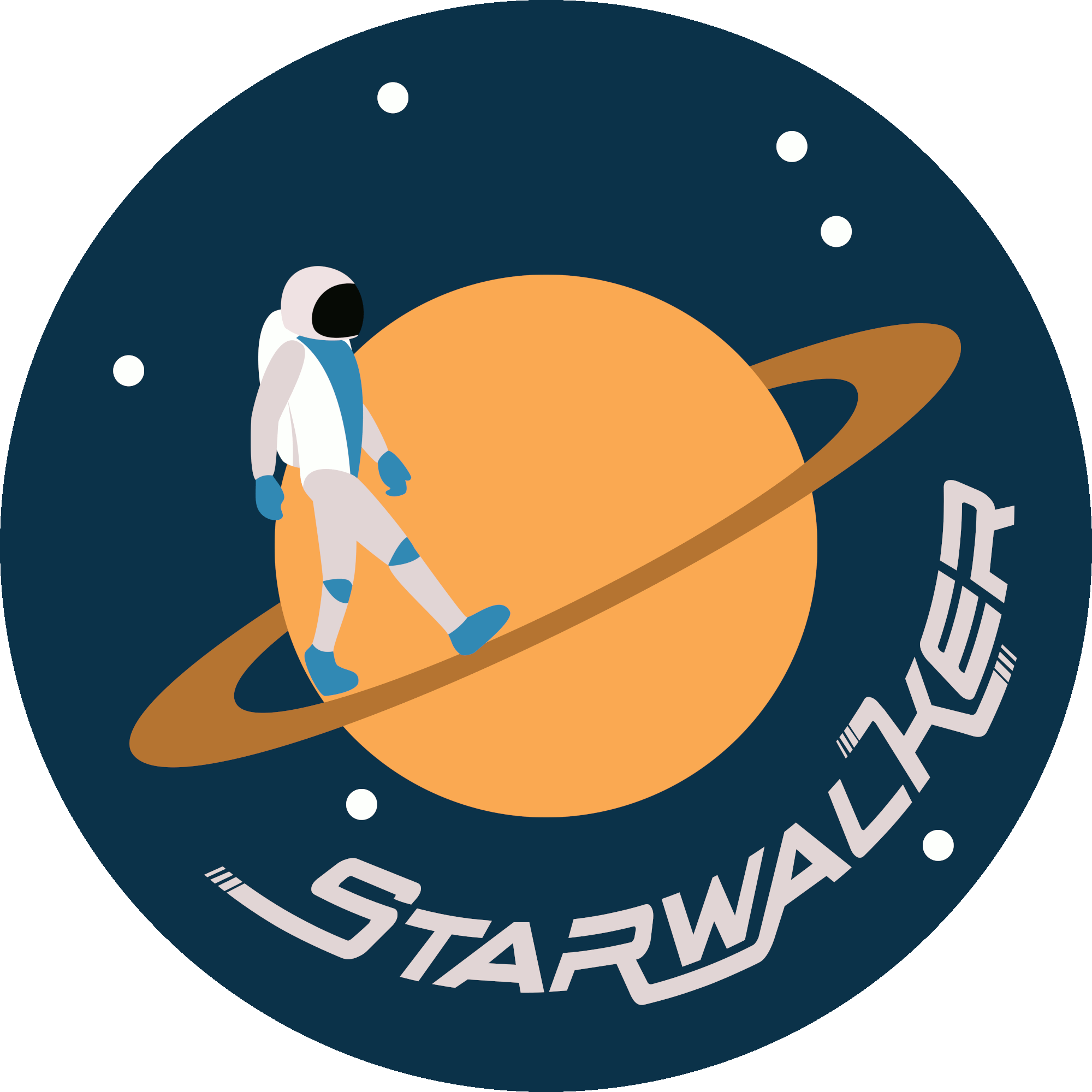Preamble:
If you would like to obtain any of the software or virtual environments (Unity3D, C#) or simply learn more about them, please feel free to contact me. Depending on your project (for example, if you are a student and/or if the project is of social interest), I can help you modify the environment or develop it on another platform (mobile, Mac, Linux). None of these tools collect data externally. It is the user's responsibility to ensure that all human data is protected and collected ethically. All software is licensed under CC-BY-SA.
